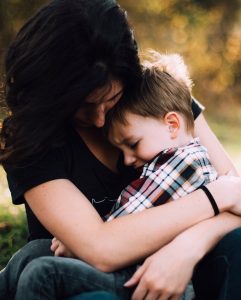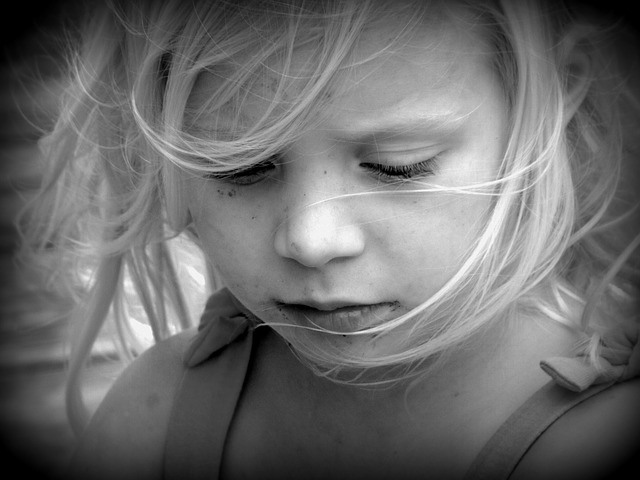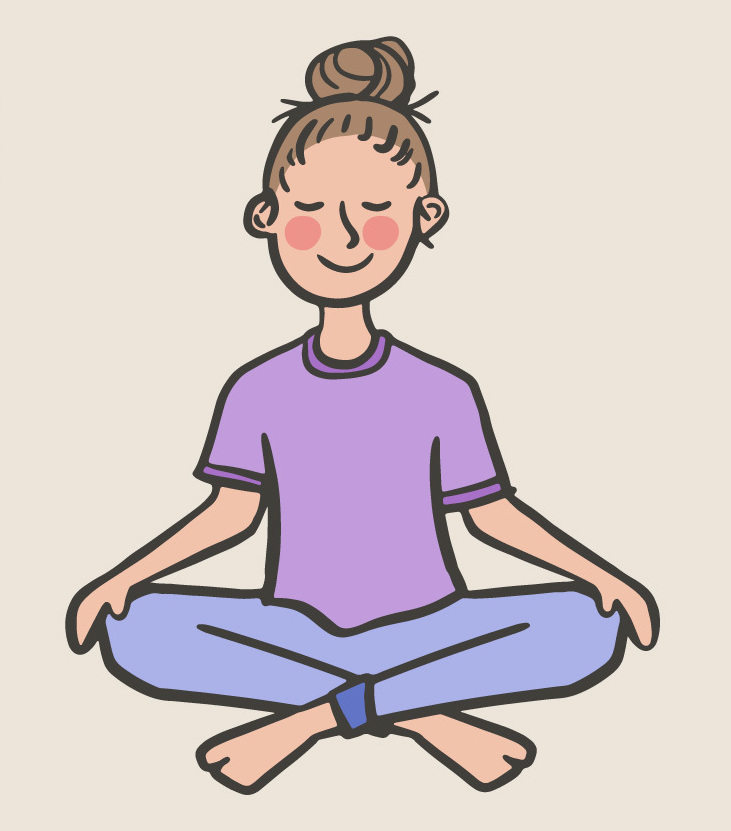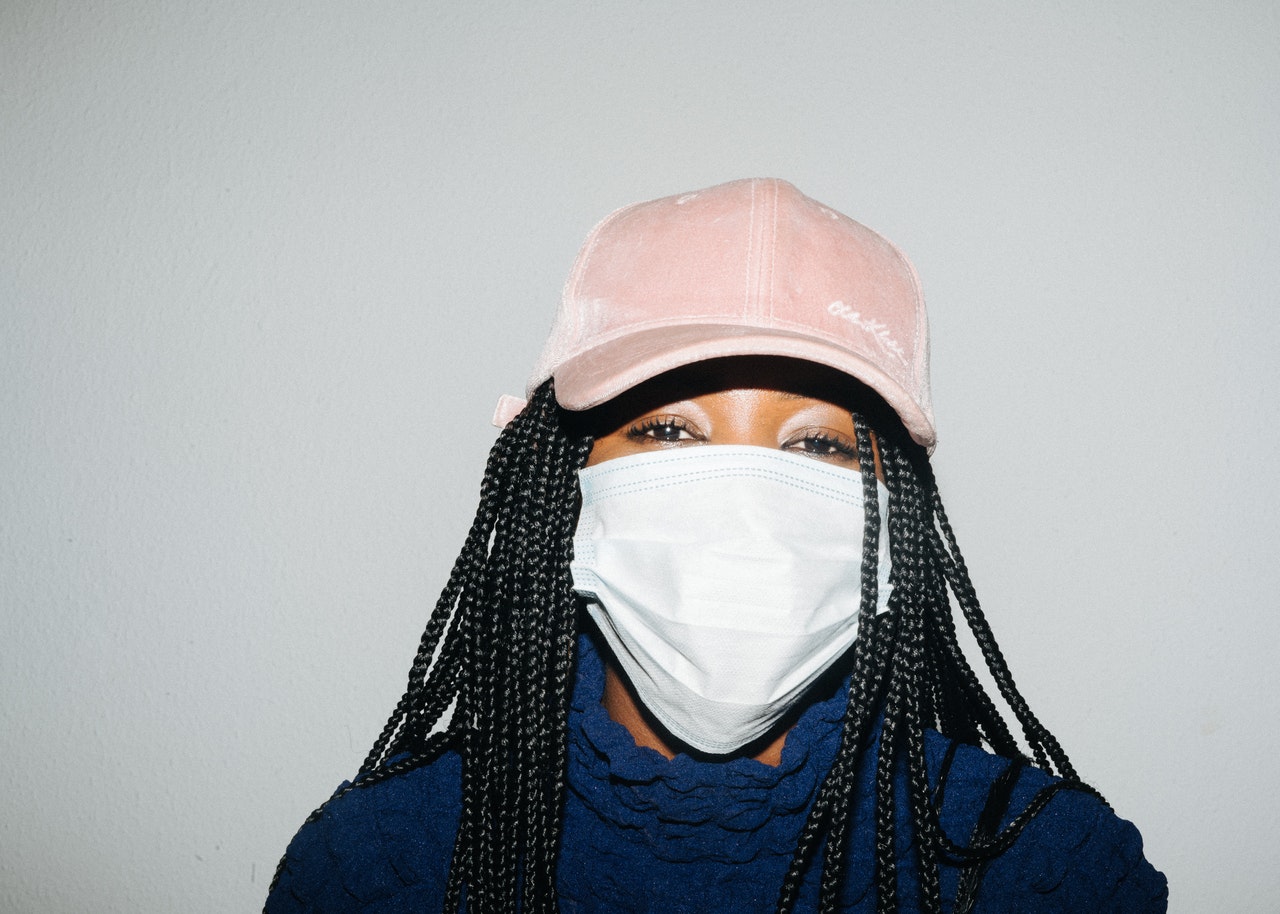Helping Children With Anxiety in the Pandemic
 Yes, this is an anxious time, and yes, everyone is anxious, but it is particularly hard to be an anxious kid in an anxious time. Anxiety disorders are the most common mental health disorders in children and adolescents (and this was true before the pandemic), and they can be linked to other mental health issues, notably depression.
Yes, this is an anxious time, and yes, everyone is anxious, but it is particularly hard to be an anxious kid in an anxious time. Anxiety disorders are the most common mental health disorders in children and adolescents (and this was true before the pandemic), and they can be linked to other mental health issues, notably depression.
Anxiety can bring children into emergency rooms, and into psychiatric hospitalizations, and in a time of generally heightened stress and anxiety, parents with anxious kids find themselves worrying especially about the worriers, wondering how to talk with them about the complexities of life in 2020, and trying to assess when worry is, well, worrisome enough to need professional help.
At Boston Children’s Hospital, during the first months of the pandemic and the general shutdown, the volume of children and adolescents coming in to the emergency room with mental health issues decreased, said Dr. Patricia Ibeziako, the associate chief for clinical services in the hospital’s department of psychiatry and behavioral sciences.
“The highest volume we’re seeing during the pandemic of children presenting to the hospital setting with mental health issues are those with suicidal ideation and suicide attempts — many have anxiety as well, sometimes underlying anxiety disorders,” Dr. Ibeziako said. Adolescents who come in with eating disorders often have anxiety. Children with developmental disabilities have been coming in with agitation and disruptive behaviors reflecting anxiety as the pandemic has disrupted their regular routines.
Even in an anxious time, anxiety is treatable. Dr. Ibeziako said, “First-line management for anxiety is therapy; cognitive behavioral therapy is what we use for children and adolescents.” It involves understanding the thought process of anxiety, she said, and how that affects emotions and behaviors, and helping the child reframe or change problematic thoughts.
“There’s so much a parent can be doing to model brave, nonanxious and resilient behavior,” Dr. Rachel Busman, the senior director of the Anxiety Disorders Center at the Child Mind Institute in New York, said. Parents tend to want to rush in and protect their children from distress, she said, and may unintentionally send the message that yes, the child is in danger and needs protecting.
Before the pandemic, Dr. Ibeziako said, school-related anxiety was a common problem, but what they are seeing now is “tinged with pandemic implications,” reflecting the changes in the school year and the general uncertainty about how long this will go on.
Routines and structure are important, and can help us all handle anxiety — they matter for young children, for school-aged children, for adolescents, and for adults as well.
Dr. Ibeziako suggested parents monitor what children encounter in what is often now more time spent looking at screens. Similarly, Dr. Busman recommended parents be mindful of their own conversations, understanding that children may pick up incomplete information, or adult worries. When children ask about what is going on in the world (or in the family), she said, take time to understand what the child already knows, and what information is being requested.
Excerpted from “Helping Children With Anxiety in the Pandemic” in The New York Times. Read the full article.
Source: The New York Times | Helping Children With Anxiety in the Pandemic, https://www.nytimes.com/2020/11/09/well/family/children-anxiety-stress-pandemic.html | © 2020 The New York Times Company
A screening can help you determine if you or someone you care about should contact a mental health professional. CHC teletherapy services are available now. Call or email our Care Managers at 650.688.3625 or careteam@chconline.org to set up a free 30-minute consultation appointment.





